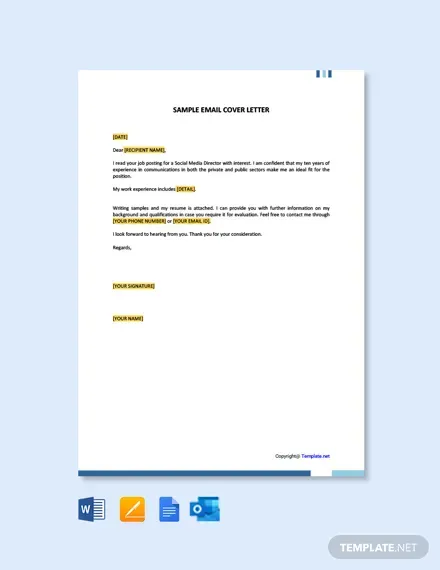Crafting the Perfect Cover Letter Email
In the competitive job market, your cover letter email is your first impression. It’s the digital handshake that introduces you to a potential employer. A well-crafted cover letter email, paired with a compelling resume, can significantly increase your chances of getting noticed. This article will guide you through the essential elements of a standout cover letter email, from crafting a compelling subject line to formatting and proofreading. Learn how to transform your email from a generic message into a powerful tool that gets you the interview.
Subject Line Strategies
The subject line is the first thing a hiring manager sees, and it determines whether your email gets opened or sent to the trash. A generic subject line like “Job Application” blends in with dozens of others. Instead, make it clear, concise, and attention-grabbing. Consider including the job title and your name. The goal is to pique their interest immediately and encourage them to open your email. Avoid vague phrases and use keywords relevant to the job description.
Keywords and Relevance
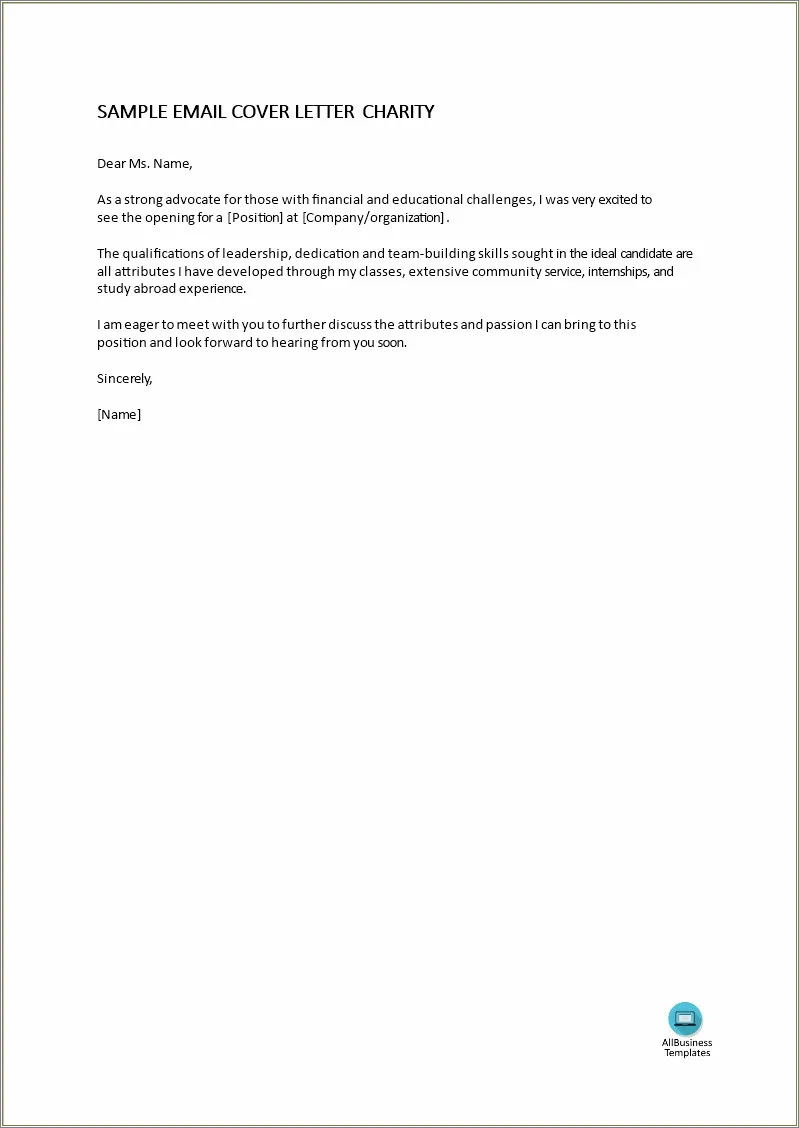
Optimize your subject line with keywords found in the job posting. This shows that you’ve read the requirements and that your application is tailored to the role. If the job description emphasizes specific skills or experience, incorporate those keywords naturally into your subject line. For instance, “[Your Name] - Application for Marketing Manager Position” is more effective than a generic subject line. Ensure the keywords are relevant to the role.
Personalizing Your Email
Generic cover letters and emails are easily recognizable and often discarded. Personalization demonstrates your genuine interest in the specific role and company. Start by addressing the hiring manager by name if you know it. Research the company and mention something specific that resonated with you. This shows that you’ve done your homework and are not just sending out mass applications. Tailor your email to the specific requirements of the job.
Addressing the Hiring Manager
If you know the hiring manager’s name, use it. Addressing them directly demonstrates respect and attention to detail. If you can’t find the name, research it on LinkedIn or the company website. If that’s not possible, “Dear Hiring Manager” is acceptable, but try to avoid it. Personalizing your greeting makes a positive impression and increases the chances of your email being read carefully. Always double-check the spelling and accuracy of the name.
Highlighting Key Skills and Experience
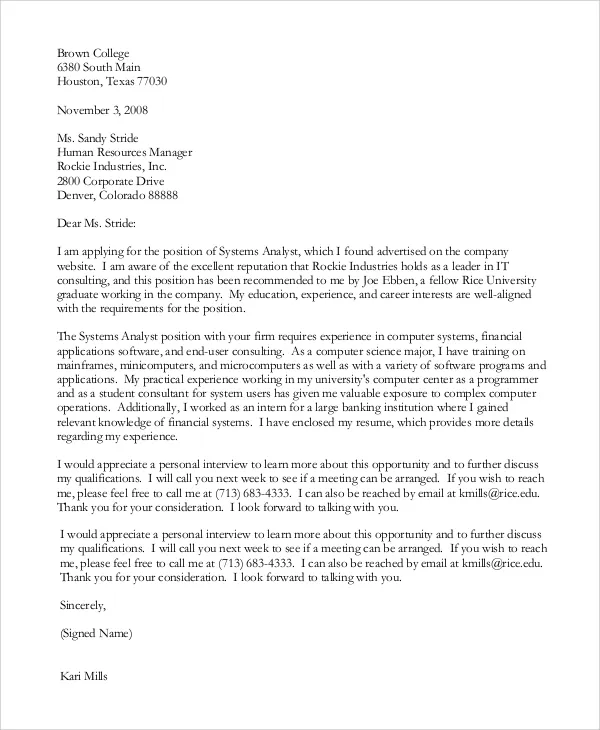
Your cover letter email is your opportunity to provide a brief overview of your skills and experience. Focus on the most relevant aspects, aligning them with the job description. Briefly mention your key accomplishments and how they align with the position’s requirements. Think of it as a highlights reel of your resume, encouraging the hiring manager to review your attached resume for more details. Use action verbs to describe your accomplishments.
Tailoring Your Email
Customize your email for each job application. Avoid sending the same generic message to multiple companies. Carefully review the job description and identify the key skills and experiences the employer seeks. Then, tailor your email to highlight those specific aspects of your background. Showing that you understand the company’s needs and how you can meet them significantly increases your chances of getting an interview.
Quantifying Achievements
Whenever possible, quantify your achievements. Instead of saying “Improved sales,” state “Increased sales by 15% in one quarter.” Numbers make your accomplishments more tangible and demonstrate the impact you’ve made in previous roles. Use data and statistics to showcase your value. This provides concrete evidence of your abilities and makes your application more compelling.
Call to Action and Closing
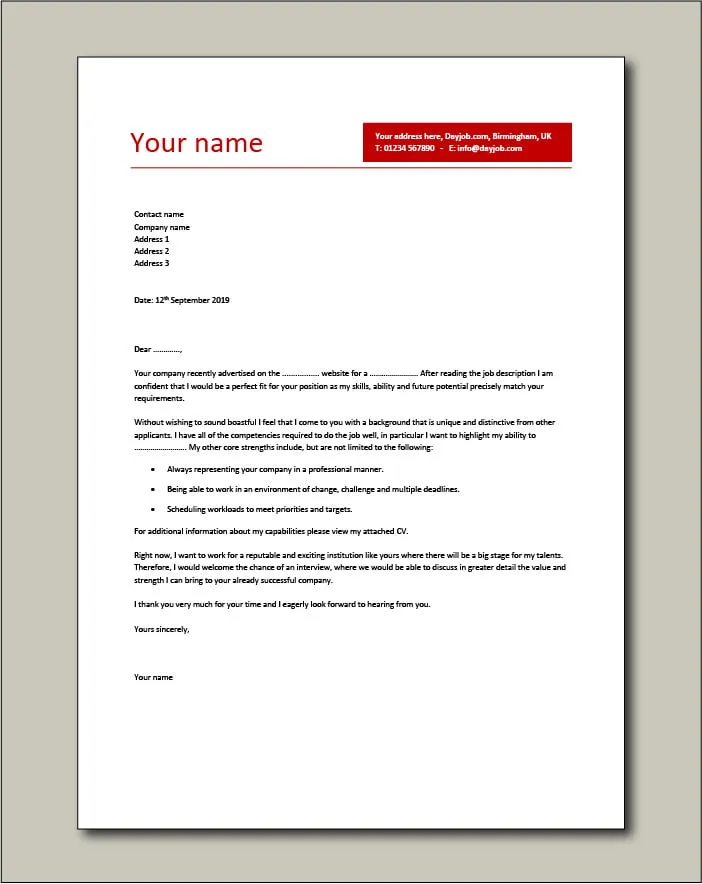
Conclude your email with a clear call to action. Let the hiring manager know what you expect. Request an interview or express your interest in discussing your qualifications further. Make it easy for them to respond. Include your contact information, such as your phone number and email address, in your signature. End with a professional closing, such as “Sincerely” or “Best regards.”
Expressing Enthusiasm
Show genuine enthusiasm for the opportunity and the company. Convey your excitement about the role and your interest in contributing to the team. Demonstrate that you’ve researched the company and are genuinely interested in their mission or values. A positive and enthusiastic tone can make a lasting impression and make you stand out from other applicants.
Providing Contact Information
Ensure that your contact information is easily accessible. Include your full name, phone number, and professional email address. Make it easy for the hiring manager to reach you. Verify that your email address is professional and includes your name. Double-check all your contact details to ensure they are correct and up-to-date. Include your LinkedIn profile link if you have one.
Formatting and Presentation
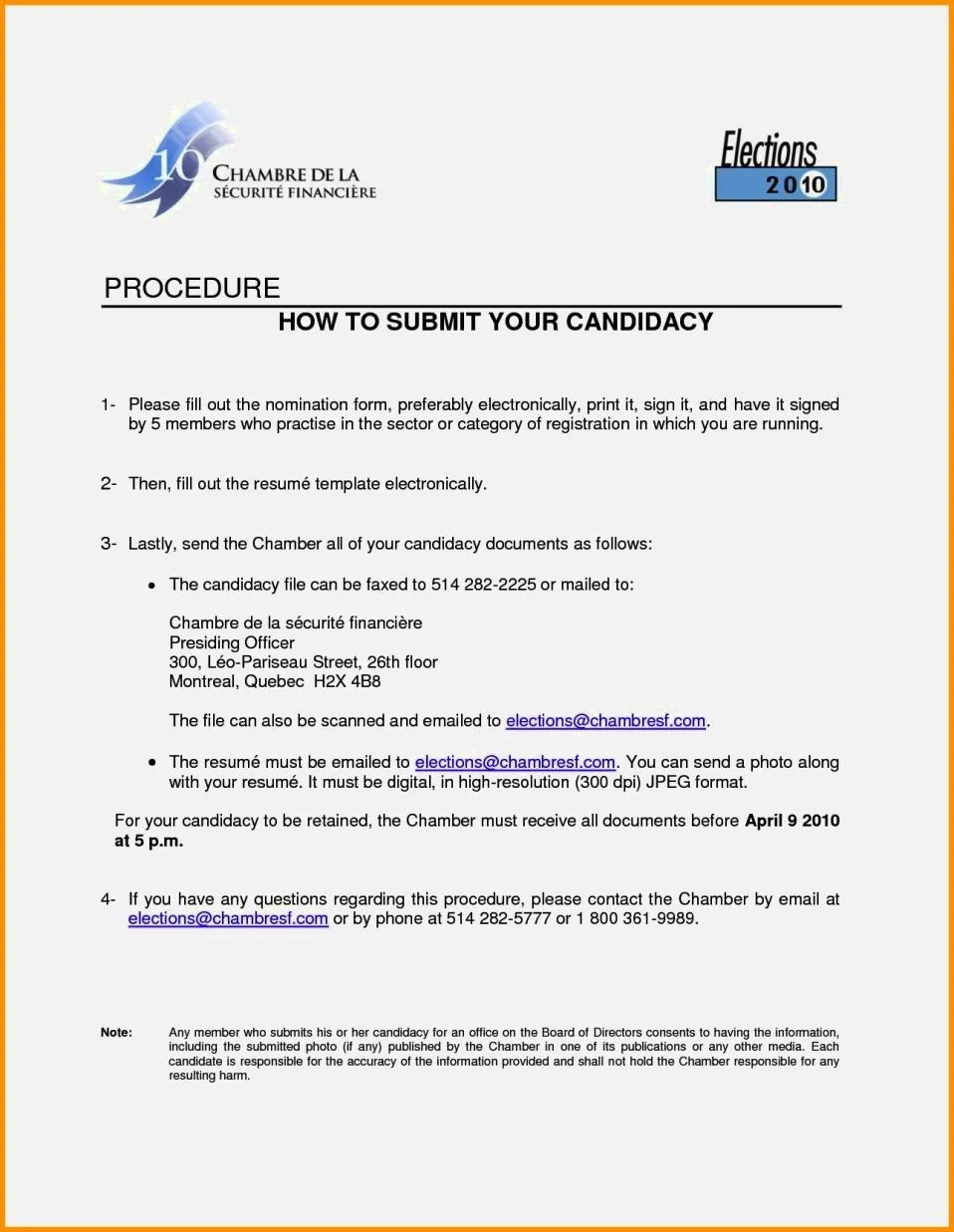
The format and presentation of your cover letter email are as important as the content. A well-formatted email is easy to read and reflects professionalism. Use a clear, concise layout and formatting to make your email visually appealing. Avoid large blocks of text, using paragraphs and bullet points to break up the information. Ensure that your email is easy to read on both desktop and mobile devices.
Email Structure and Layout
Structure your email with a clear beginning, middle, and end. Start with a greeting, followed by a brief introduction. Highlight your key skills and experience in the body of the email, then conclude with a call to action and closing. Keep paragraphs short and concise to maintain reader engagement. Use bullet points for lists to make your email visually appealing and easy to scan. Ensure consistent formatting throughout your email.
Font Choices and Readability
Choose a professional and readable font. Stick to standard fonts like Arial, Times New Roman, or Calibri. Ensure the font size is easy to read, typically between 10 and 12 points. Avoid using fancy or overly stylized fonts that may distract the reader. Maintain a consistent font style throughout your email for a professional look and easy readability.
Mobile Optimization
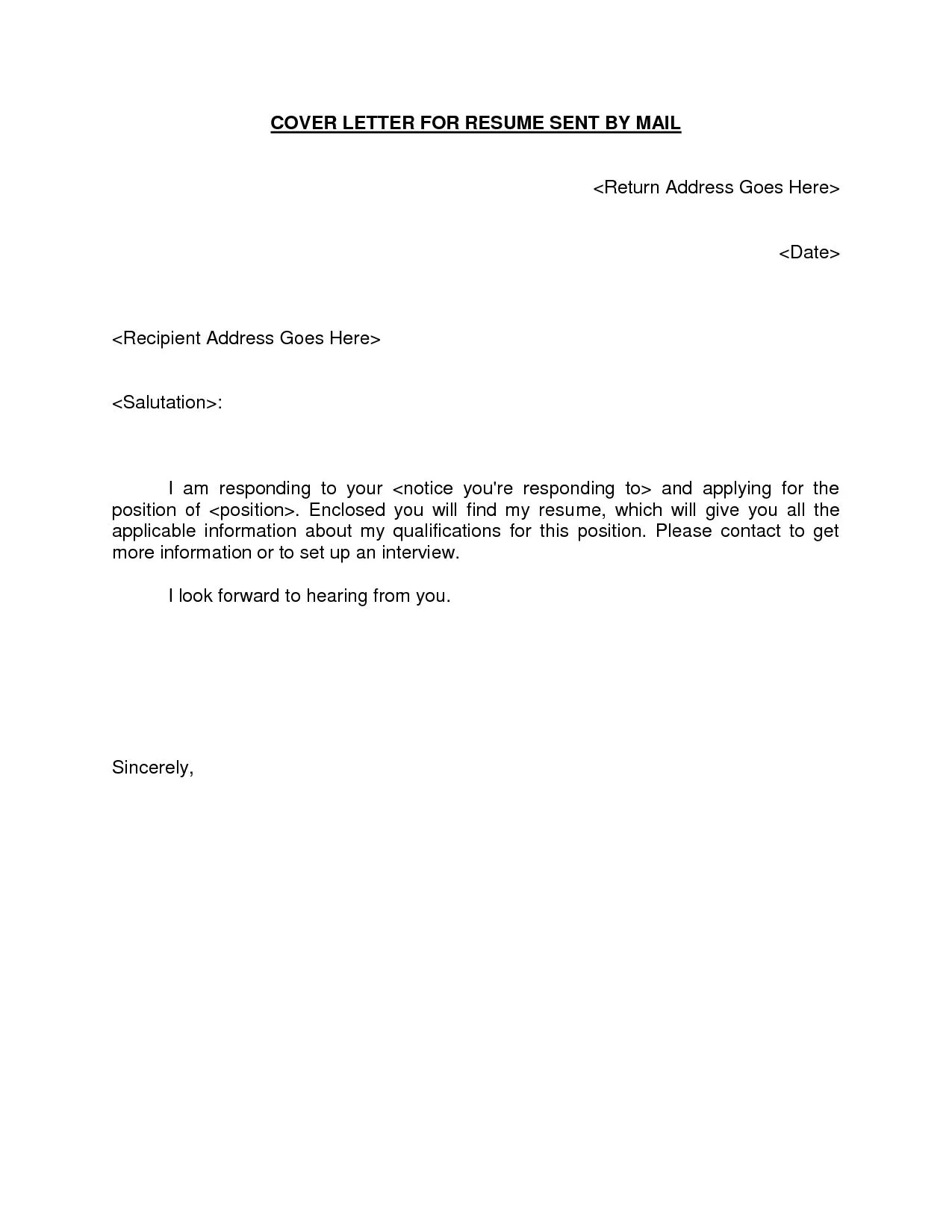
Most hiring managers will check their emails on mobile devices. Ensure your email is optimized for mobile viewing. Keep the subject line short and concise. Use a simple layout with short paragraphs and bullet points. Avoid using tables or complex formatting that may not display correctly on smaller screens. Test your email on a mobile device to ensure it is readable and visually appealing.
Proofreading and Editing
Before sending your cover letter email, proofread it carefully. Errors in grammar and spelling can undermine your professionalism and credibility. Take the time to review your email multiple times, or have a friend or colleague review it for you. A polished, error-free email demonstrates your attention to detail and commitment to quality.
Checking for Grammar and Spelling Errors
Use a grammar and spell checker, but don’t rely on it entirely. Proofread your email carefully for any errors. Pay attention to punctuation, capitalization, and sentence structure. A single error can create a negative impression and decrease your chances of getting noticed. Take the time to ensure your email is flawless.
Reviewing Tone and Clarity
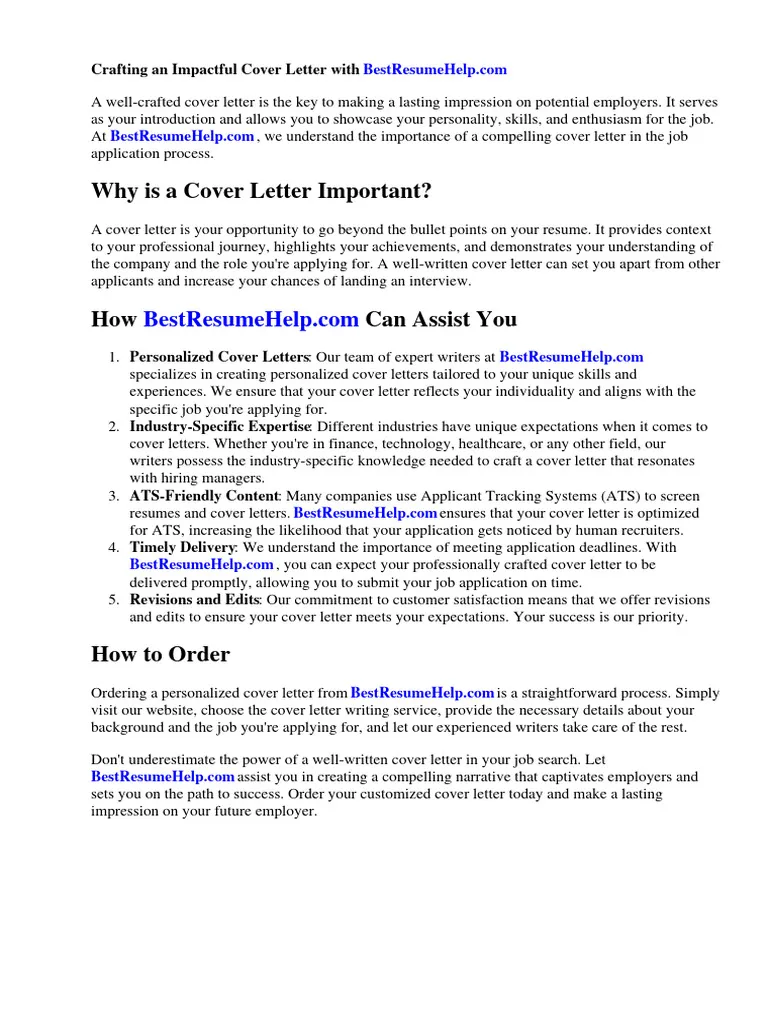
Review the tone and clarity of your email. Ensure your writing is professional and enthusiastic. Make sure your message is clear and easy to understand. Avoid using jargon or overly complex language. Use concise and direct language to communicate your message effectively. Verify that your email flows naturally and has a positive tone throughout.
In conclusion, a well-crafted cover letter email is essential to making a positive first impression. By following these guidelines, you can write an email that captures attention, highlights your key skills, and increases your chances of securing an interview. Remember to personalize your message, proofread carefully, and present your information clearly and concisely. Your cover letter email is your key to unlocking exciting job opportunities.
